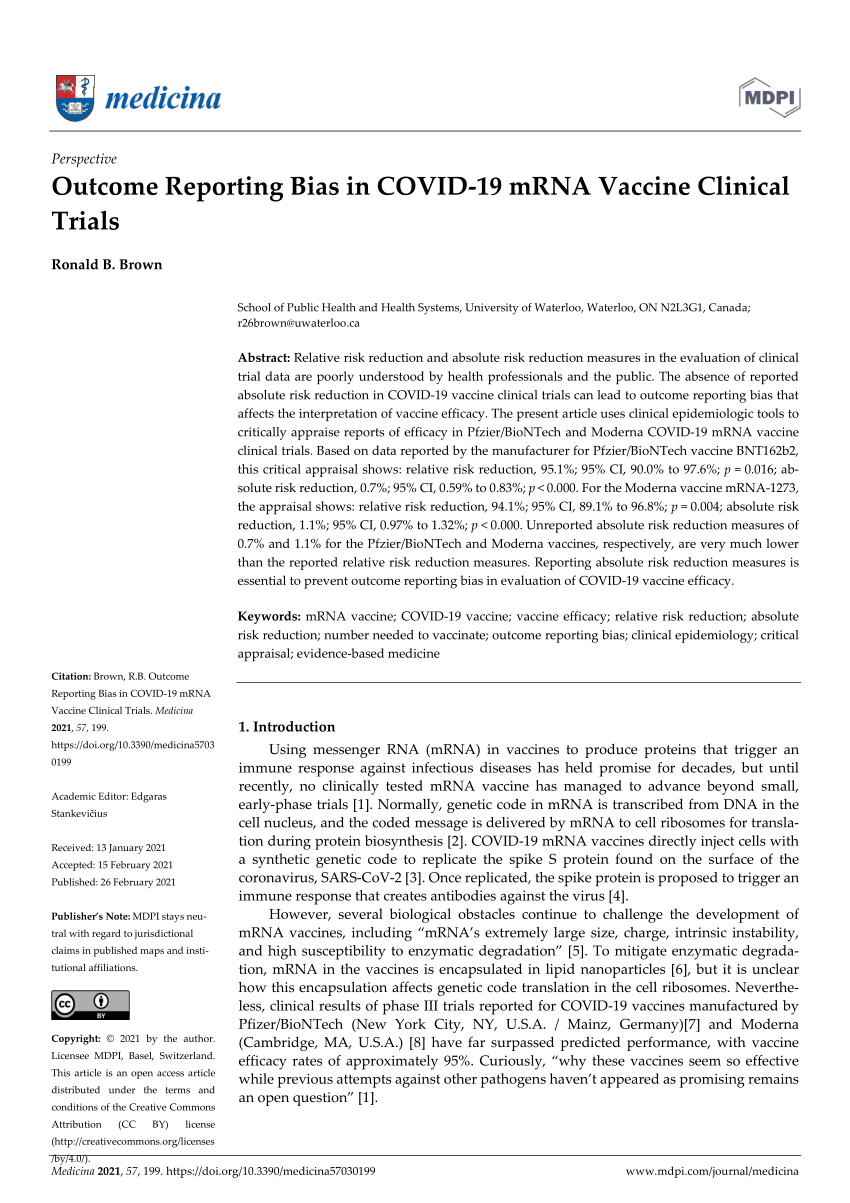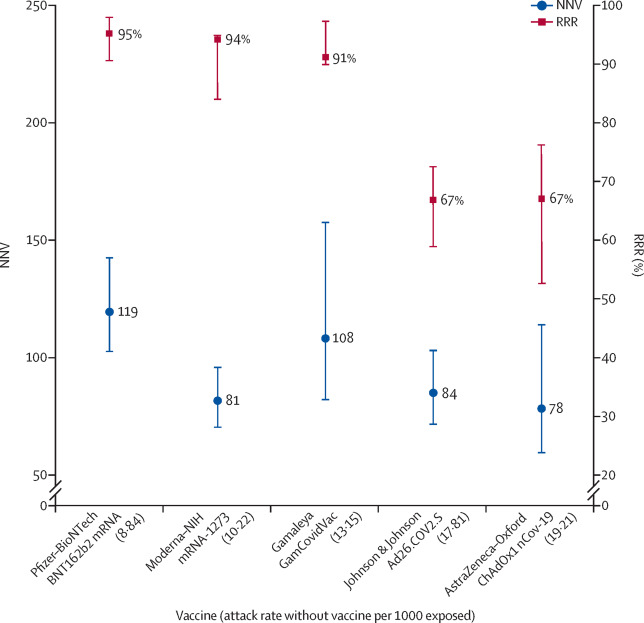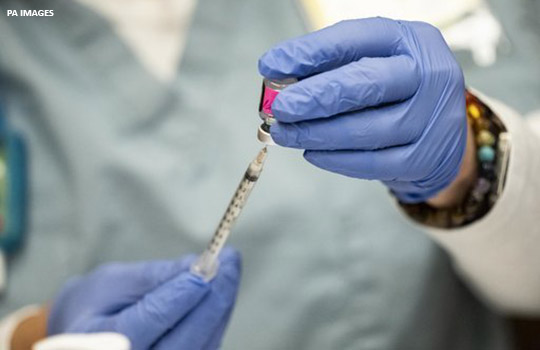It's been already mentioned in various threads on this forum but it's so big that it deserves more attention: at least two independent research publications (the second one is from The Lancet) confirm now that the real efficacity of Covid vaccines is far from the boasted 90% or even more. In reality it is 1% but this information was not revealed by the pharmaceutical companies nor by the FDA or EMA that gave approval to those vaccines:

 www.researchgate.net
www.researchgate.net

This is nothing new for the people on this forum. But while milions around the world are being manipulated and pressured to take them with endless booster shots in sight, I believe that it is our mission to serve as multipliers and spread this information as widely as possible: send it to our contacts (especially those not yet vaccinated), Youtubers and other influencers on social media and to the traditional media outlets where we live. This is real science, not marketing techniques employed by Pf...er and others to push their products. It can save lives but it would also be an interesting social experiment to see impact of it. I'm already doing my part.

(PDF) Outcome Reporting Bias in COVID-19 mRNA Vaccine Clinical Trials
PDF | Relative risk reduction and absolute risk reduction measures in the evaluation of clinical trial data are poorly understood by health... | Find, read and cite all the research you need on ResearchGate

COVID-19 vaccine efficacy and effectiveness—the elephant (not) in the room
Approximately 96 COVID-19 vaccines are at various stages of clinical development.1 At present, we have the interim results of four studies published in scientific journals (on the Pfizer–BioNTech BNT162b2 mRNA vaccine,2 the Moderna–US National Institutes of Health [NIH] mRNA-1273 vaccine,3 the...
www.thelancet.com
This is nothing new for the people on this forum. But while milions around the world are being manipulated and pressured to take them with endless booster shots in sight, I believe that it is our mission to serve as multipliers and spread this information as widely as possible: send it to our contacts (especially those not yet vaccinated), Youtubers and other influencers on social media and to the traditional media outlets where we live. This is real science, not marketing techniques employed by Pf...er and others to push their products. It can save lives but it would also be an interesting social experiment to see impact of it. I'm already doing my part.


